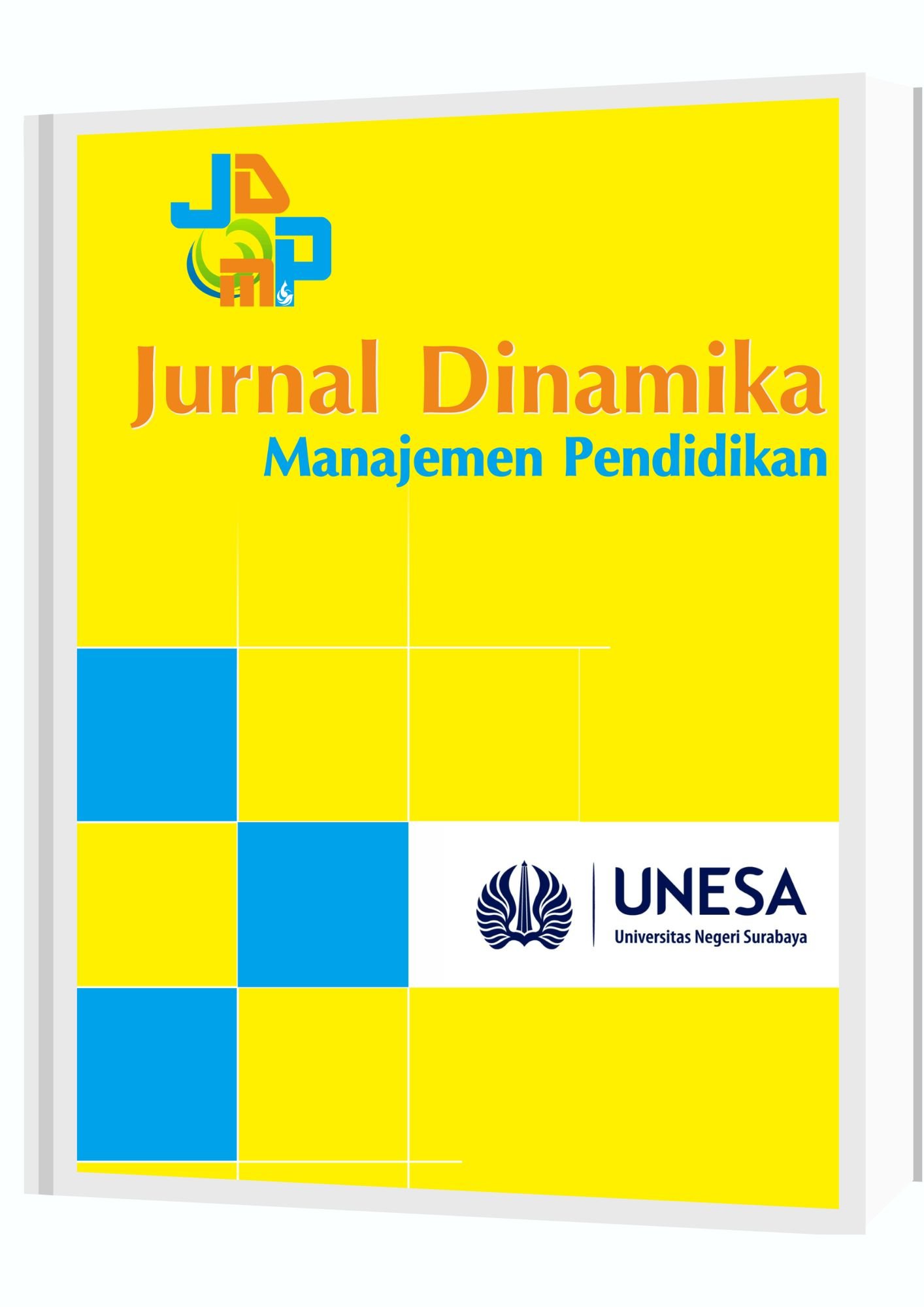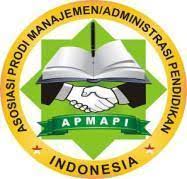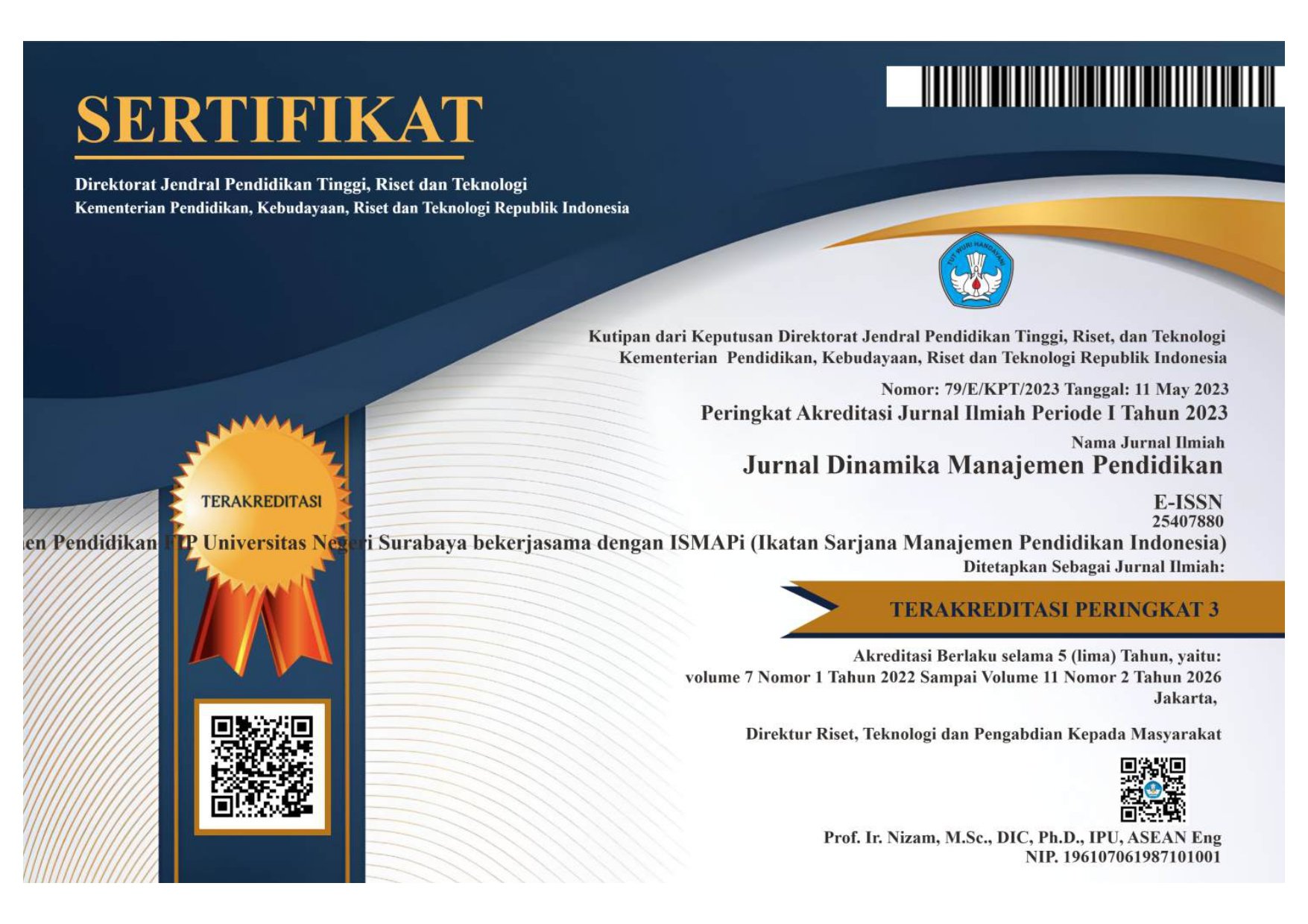MODEL INTEGRASI PENDIDIKAN KARAKTER KESELAMATAN BERLALU LINTAS PADA EKSTRAKURIKULER PKS TINGKAT SMA/SMK
MODEL INTEGRASI PENDIDIKAN KARAKTER KESELAMATAN BERLALU LINTAS PADA EKSTRAKURIKULER PKS TINGKAT SMA/SMK
DOI:
https://doi.org/10.26740/jdmp.v7n2.p154-163Abstract
High school/vocational school students are in a transitional phase towards greater independence and responsibility, so it is important to have a strong traffic safety character. The school security patrol extracurricular in high schools/vocational schools has an important role in shaping the traffic safety character of students. The integration of traffic safety character education with school security patrol extracurriculars in high schools/vocational schools is proposed with an integration model. Modeling refers to a character education management scheme with 18 indicators in 6 schools in 4 regions with data collection using surveys and questionnaires. The resulting traffic safety character is included in the category that is still not good. The proposed integration model applies the design of the assisted school with adjustments to raw input, transformation, instrumental input, environmental input and output. The integration model is carried out by making collaborative actions between stakeholders to achieve excellent traffic safety characteristics at the high school/vocational school level.
Downloads
Published
How to Cite
Issue
Section
License
Copyright (c) 2023 JDMP (Jurnal Dinamika Manajemen Pendidikan)

This work is licensed under a Creative Commons Attribution-ShareAlike 4.0 International License.
Copyright Notice
The copyright of the received article once accepted for publication shall be assigned to the journal as the publisher of the journal. The intended copyright includes the right to publish the article in various forms (including reprints). The journal maintains the publishing rights to the published articles.
The publisher publish and distribute the Article with the copyright notice to the JDMP with the article license CC-BY-SA 4.0.
 Abstract views: 265
,
Abstract views: 265
, PDF Downloads: 570
PDF Downloads: 570



















.png)
1.png)







.png)
